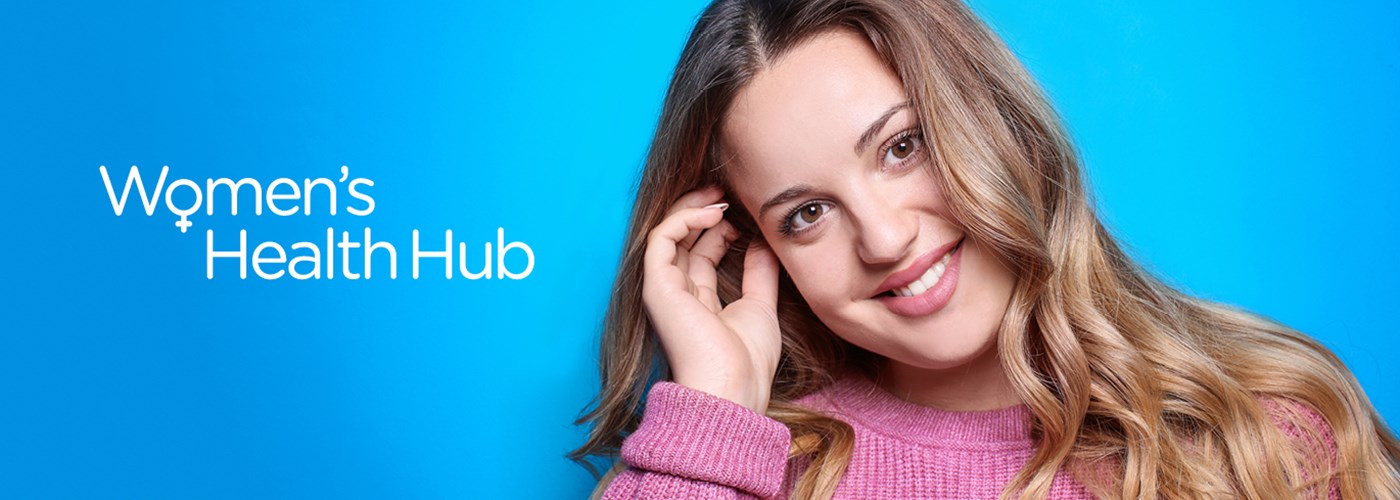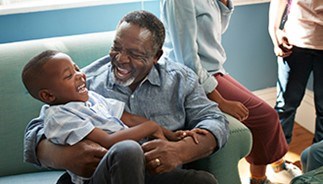Varicose veins: all you need to know
Around a third of the UK population will develop varicose veins but what are they and is there anything you can do about them?
What are varicose veins?
They’re swollen and enlarged blue or purple veins that usually occur on legs or feet and can be lumpy or bulging. There are different types: trunk varicose veins are near to the surface of the skin and are thick and knobbly; reticular varicose veins are red and grouped close together and telangiectasia varicose veins (also known as thread or spider veins) can appear on your face or legs but don’t bulge.
Regardless of how healthy you are, anyone can succumb to colds and the flu, especially as the winter months close in. The nature of life means we are bound to come into contact with germs at some point, whether at work, in public places or from children.
What causes them?
Veins carry blood back to the heart but when their delicate valves stop working, blood flows the wrong way and starts to ‘back up’ and collect in the vein. Eventually this causes it to be swollen and dilated – or varicose.
Who is most susceptible?
Older women in particular are susceptible, as are those with a family member with varicose veins. Being overweight, pregnant, having a job that involves long periods of standing and taking hormonal medications can also exacerbate the condition.
How do I know if I have them?
As well as seeing the veins in their different forms (see above) on the skin surface, there are a number of other symptoms that people may experience such as:
-
aching or heavy legs
-
an itchy or burning feeling in the skin over the veins
-
restless legs
-
swollen feet and ankles – especially after standing for a long time
-
leg cramps – usually at night
-
changes in skin colour, and skin ulcers
What should I do if I suspect I have them?
You should see your GP if your varicose veins are causing you pain or discomfort, the skin over them is sore and irritated or the aching in your legs is causing irritation at night. The doctor might refer you to a vascular specialist and for a painless, non-invasive ultrasound scan.
What can be done to treat them?
If you have no discomfort, treatment may be unnecessary. However, if the veins are causing pain or discomfort or have complications (such as leg ulcers), treatment may be recommended. This can be simple self-care such as using compression stockings, exercising regularly or elevating your legs when resting.
What if that’s not enough?
If further treatment is required, there are a few options. Endothermal ablation uses either high-frequency radio waves (radiofrequency ablation) or lasers (endovenous laser treatment, EVLT) to seal the affected veins. EVLT is one of the treatments on offer at Benenden Hospital; it is minimally invasive and statistics show that the risk of the condition reoccurring is reduced from 30% to around 5% using EVLT.
Other treatments for varicose veins include ultrasound-guided foam sclerotherapy, which involves injecting foam to help seal the veins, and a surgical procedure called ligation and stripping to remove the affected veins.
About our healthcare
Benenden Health provides affordable private healthcare for everyone, giving you access to services such as our 24/7 GP Helpline and Mental Health Helpline straight away. Once you’ve been a member for six months you can request access to diagnostic consultations and tests.
You'll also have access to a wealth of health and wellbeing articles, videos and advice on a range of health issues.


